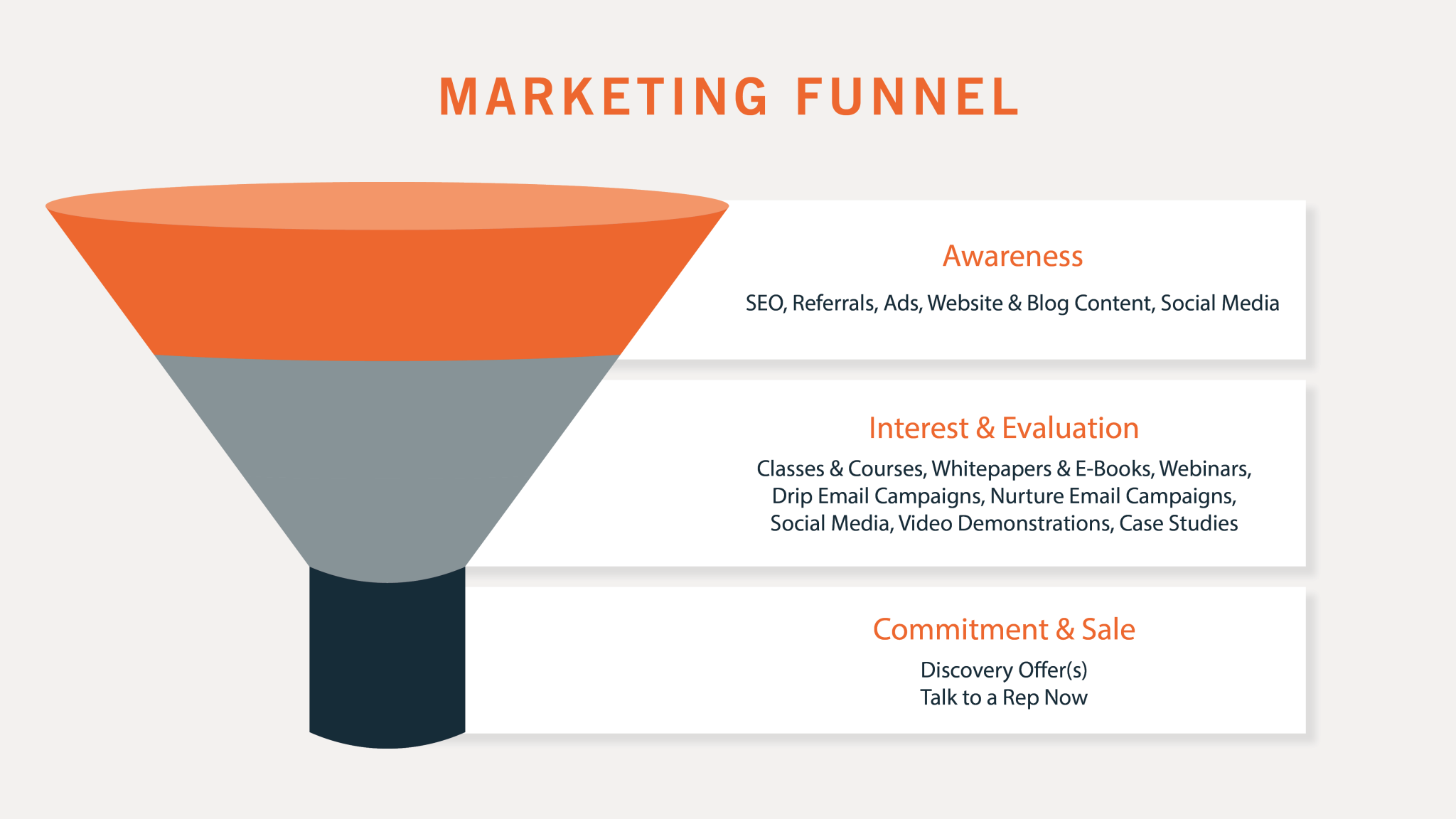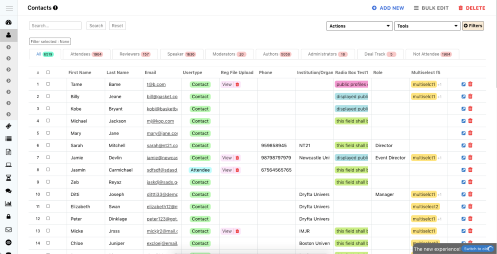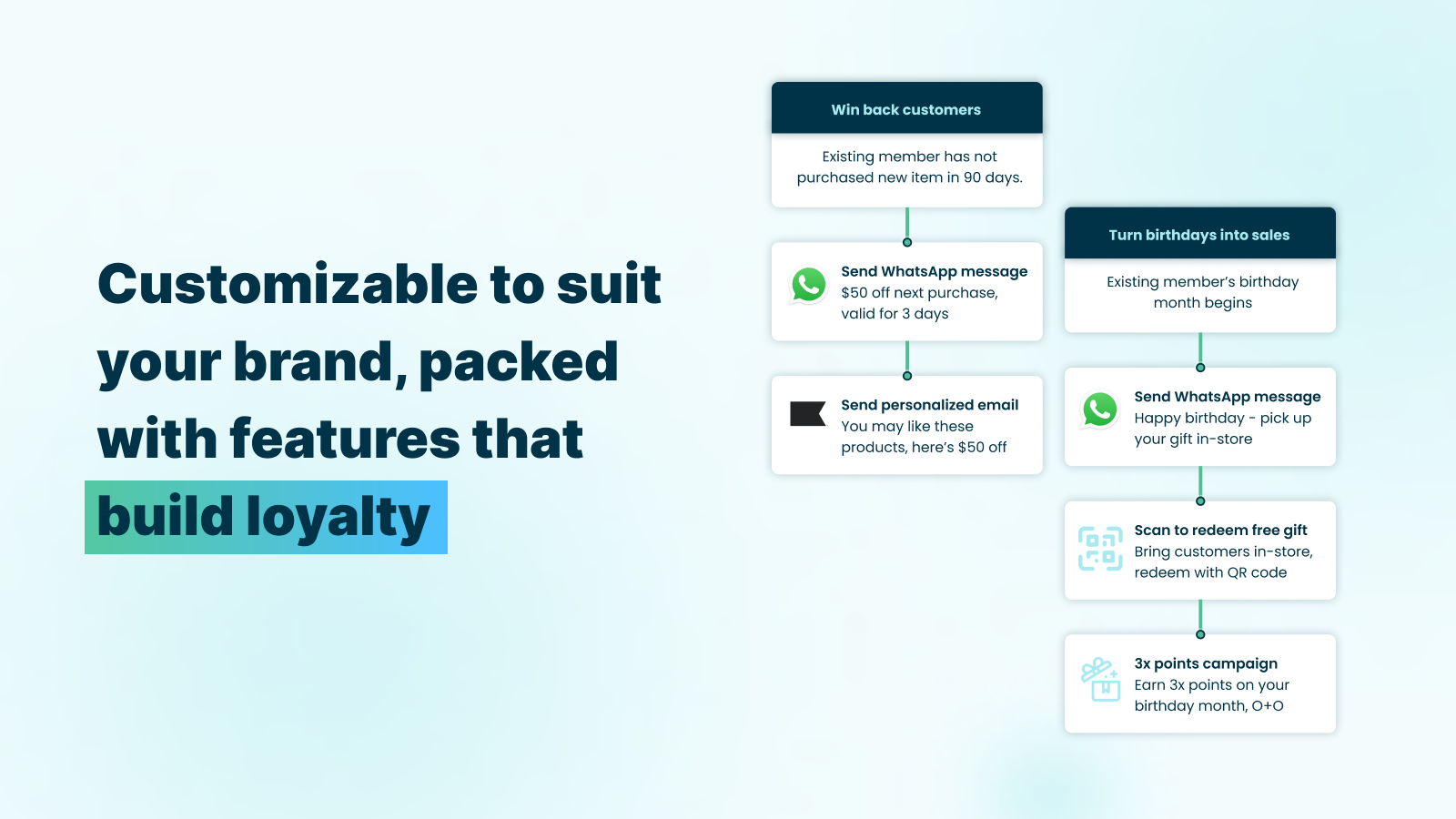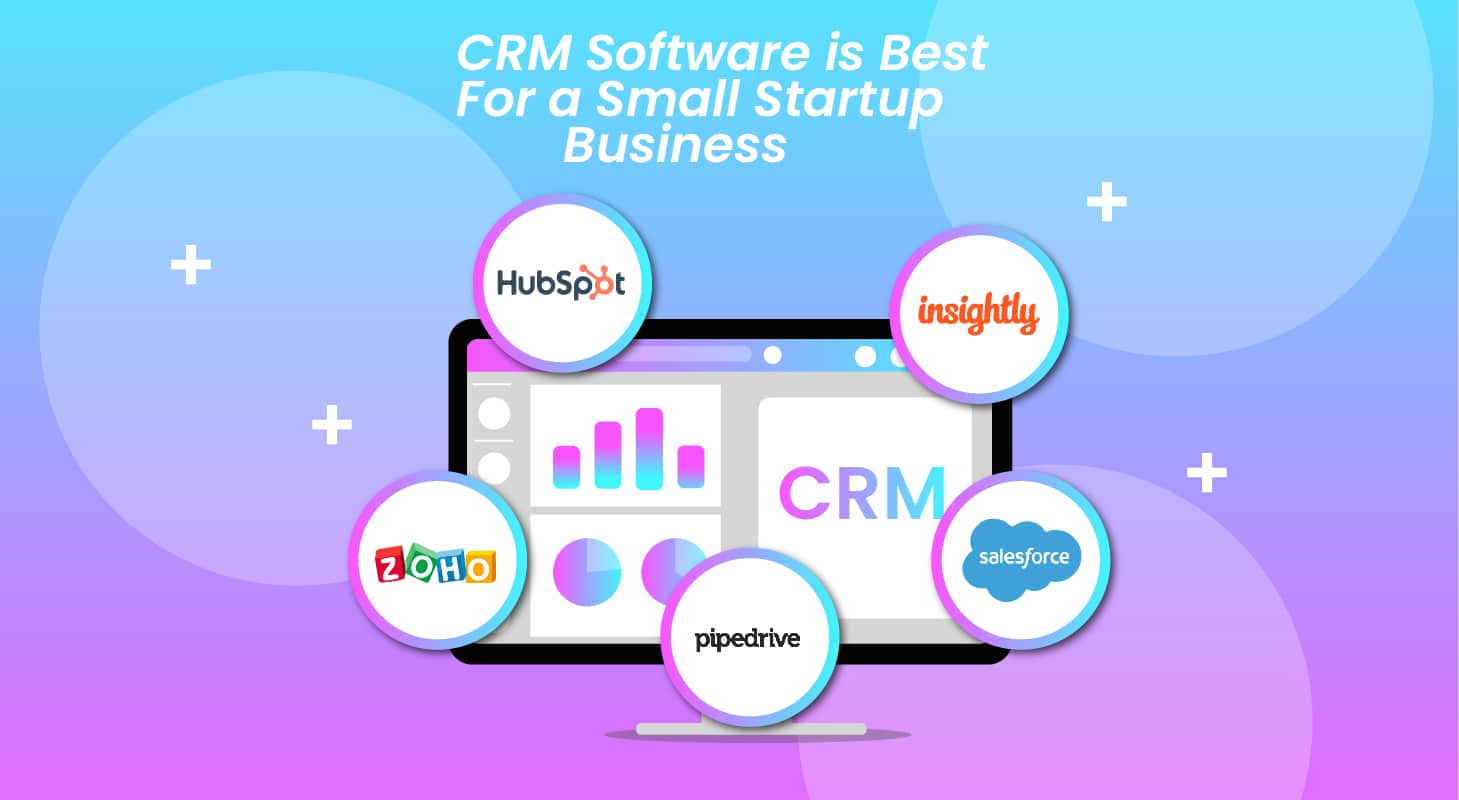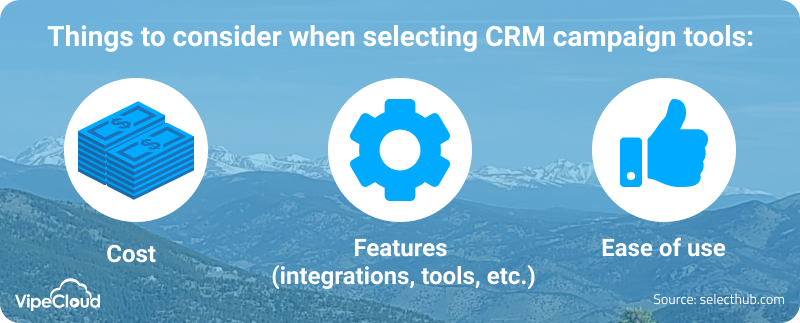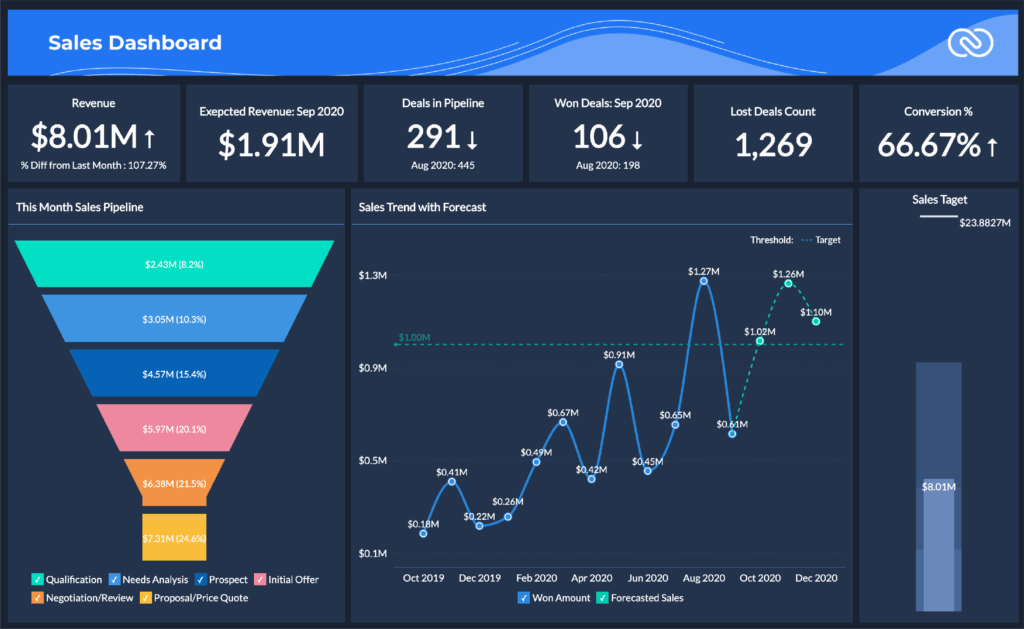
Introduction: Why CRM Marketing Metrics Matter
In the bustling world of business, where competition is fierce and customer expectations are constantly evolving, understanding your customers is no longer a luxury – it’s a necessity. And that’s where Customer Relationship Management (CRM) systems come into play. But simply having a CRM isn’t enough. You need to actively measure and analyze its impact. This is where CRM marketing metrics become your guiding stars.
CRM marketing metrics are the key performance indicators (KPIs) that help you assess the effectiveness of your CRM strategies. They provide invaluable insights into customer behavior, marketing campaign performance, sales effectiveness, and overall business health. By tracking these metrics, you can make data-driven decisions, optimize your processes, and ultimately, build stronger, more profitable customer relationships. Think of them as the vital signs of your business, telling you whether you’re thriving or in need of a check-up.
This comprehensive guide will delve deep into the world of CRM marketing metrics. We’ll explore the most important metrics to track, how to interpret them, and how to use them to drive meaningful improvements in your marketing efforts. Whether you’re a seasoned marketing professional or just starting to explore the power of CRM, this guide will equip you with the knowledge and tools you need to succeed.
Understanding the Core of CRM Marketing Metrics
Before we dive into the specific metrics, let’s lay the groundwork. CRM marketing metrics fall into several key categories, each providing a different perspective on your customer relationships and marketing performance:
- Customer Acquisition: These metrics focus on the process of attracting new customers.
- Customer Engagement: This area explores how customers interact with your brand.
- Customer Retention: These metrics measure your ability to keep customers.
- Sales Performance: This category examines the effectiveness of your sales efforts.
- Marketing Campaign Performance: This looks at the results of specific marketing initiatives.
- Customer Lifetime Value (CLTV): A crucial metric that predicts the total revenue a customer will generate throughout their relationship with your business.
Each of these categories is interconnected. For example, a well-executed customer engagement strategy can lead to improved customer retention, which in turn, can boost customer lifetime value. It’s a continuous cycle of understanding, adapting, and optimizing.
Essential CRM Marketing Metrics to Track
Now, let’s get into the nitty-gritty. Here’s a breakdown of the most essential CRM marketing metrics, along with explanations of their significance and how to calculate them:
Customer Acquisition Metrics
- Cost Per Acquisition (CPA): This metric measures the cost of acquiring a new customer. It’s calculated by dividing the total marketing spend by the number of new customers acquired.
CPA = Total Marketing Spend / Number of New Customers Acquired. A lower CPA indicates a more efficient customer acquisition strategy. - Conversion Rate: This is the percentage of leads that convert into customers. It’s calculated by dividing the number of conversions by the total number of leads.
Conversion Rate = (Number of Conversions / Total Number of Leads) * 100. A higher conversion rate suggests that your marketing and sales efforts are effective at turning leads into paying customers. - Lead Generation Rate: Measures the number of leads generated over a specific time period. This helps you understand the effectiveness of your lead generation efforts.
- Website Traffic: While not directly a CRM metric, it’s essential to track website traffic as it’s often the first touchpoint for potential customers. Analyze traffic sources (organic search, social media, paid advertising) to understand where your leads are coming from.
Customer Engagement Metrics
- Customer Engagement Rate: This metric quantifies how actively customers interact with your brand. It can be measured through various means, such as email open rates, click-through rates, social media engagement (likes, shares, comments), and website activity. A higher engagement rate signifies that your content and communications resonate with your audience.
- Email Open Rate: The percentage of emails opened by recipients.
Email Open Rate = (Number of Emails Opened / Number of Emails Delivered) * 100. A low open rate might indicate a problem with your subject lines, sender reputation, or audience targeting. - Click-Through Rate (CTR): The percentage of recipients who click on a link within an email or on your website.
CTR = (Number of Clicks / Number of Impressions) * 100. A high CTR suggests that your content is compelling and relevant. - Social Media Engagement: Track likes, shares, comments, and follower growth on your social media platforms. This shows how your audience interacts with your brand and content.
- Website Bounce Rate: The percentage of visitors who leave your website after viewing only one page. A high bounce rate can indicate that your website isn’t engaging or that visitors aren’t finding what they’re looking for.
Customer Retention Metrics
- Customer Retention Rate (CRR): This metric measures the percentage of customers you retain over a specific period. It’s calculated using the following formula:
CRR = ((Number of Customers at End of Period - Number of New Customers Acquired During Period) / Number of Customers at Start of Period) * 100. A high CRR indicates that you’re doing a good job of keeping your customers happy. - Churn Rate: The opposite of retention rate, churn rate measures the percentage of customers who stop doing business with you.
Churn Rate = ((Number of Customers Lost During Period / Number of Customers at Start of Period) * 100. A high churn rate signals a problem with customer satisfaction, product quality, or customer service. - Repeat Purchase Rate: The percentage of customers who make multiple purchases.
Repeat Purchase Rate = (Number of Customers Who Made Multiple Purchases / Total Number of Customers) * 100. This metric reflects customer loyalty and satisfaction. - Customer Lifetime Value (CLTV): While mentioned earlier, it’s critical for retention. A high CLTV indicates that customers are valuable and likely to stay with you for a long time. We’ll cover CLTV in more detail later.
Sales Performance Metrics
- Sales Conversion Rate: The percentage of leads that convert into paying customers.
Sales Conversion Rate = (Number of Sales / Number of Leads) * 100. This metric helps you evaluate the effectiveness of your sales team and sales process. - Average Deal Size: The average value of each sale. This metric helps you understand the revenue generated per customer.
- Sales Cycle Length: The average time it takes to close a deal. A shorter sales cycle can improve sales efficiency.
- Sales Qualified Lead (SQL) Conversion Rate: Measures the percentage of SQLs that convert into opportunities or customers.
- Revenue Per Sales Rep: Measures the revenue generated by each sales representative. This helps assess individual sales performance.
Marketing Campaign Performance Metrics
- Return on Investment (ROI): This metric measures the profitability of a marketing campaign.
ROI = ((Revenue Generated - Cost of Campaign) / Cost of Campaign) * 100. A positive ROI indicates that the campaign was profitable. - Cost Per Lead (CPL): The cost of acquiring a qualified lead through a specific marketing campaign.
CPL = Total Campaign Cost / Number of Leads Generated. - Click-Through Rate (CTR): As mentioned earlier, CTR is crucial for measuring the effectiveness of your marketing materials.
- Conversion Rate: (Campaign-Specific) The percentage of leads from a specific campaign that convert into customers.
- Reach and Impressions: For digital campaigns, track the number of people reached and the number of times your ad or content was displayed.
Customer Lifetime Value (CLTV) – The King of Metrics
Customer Lifetime Value (CLTV) is arguably the most important CRM marketing metric. It predicts the total revenue a customer will generate throughout their relationship with your business. Understanding CLTV allows you to:
- Prioritize Customer Acquisition: Identify the types of customers who are most valuable to your business.
- Optimize Customer Retention: Focus on strategies that increase customer loyalty and reduce churn.
- Allocate Marketing Resources: Determine how much you can afford to spend on acquiring and retaining customers.
- Forecast Revenue: Make more accurate predictions about future revenue.
There are several ways to calculate CLTV, ranging from simple estimations to more complex models. Here’s a simplified formula:
CLTV = (Average Purchase Value * Purchase Frequency) * Average Customer Lifespan
Let’s break down the components:
- Average Purchase Value: The average amount a customer spends per purchase.
- Purchase Frequency: How often a customer makes purchases.
- Average Customer Lifespan: The average length of time a customer remains a customer.
For a more accurate CLTV calculation, you might incorporate:
- Gross Profit Margin: The percentage of revenue that remains after deducting the cost of goods sold.
- Customer Acquisition Cost (CAC): The cost of acquiring a new customer.
By understanding CLTV, you can make informed decisions about your marketing and sales strategies to maximize your profitability.
How to Track and Analyze CRM Marketing Metrics
Tracking and analyzing CRM marketing metrics isn’t just about collecting data; it’s about transforming that data into actionable insights. Here’s a step-by-step approach:
- Choose the Right CRM System: Select a CRM system that provides the features and reporting capabilities you need to track the metrics that are important to your business. Consider the ease of use, integration with other tools, and the level of customization available.
- Define Your Goals: Before you start tracking metrics, define your business goals. What are you trying to achieve? Are you looking to increase sales, improve customer retention, or acquire more customers? Your goals will guide your choice of metrics.
- Set Up Your CRM: Configure your CRM to track the relevant data. This may involve creating custom fields, setting up integrations with other tools (such as email marketing platforms and website analytics), and defining workflows.
- Collect and Organize Data: Ensure that your data is accurate and consistent. Implement processes to capture data from various sources, such as website forms, email interactions, and sales interactions.
- Monitor and Analyze Data Regularly: Regularly review your CRM marketing metrics. Identify trends, patterns, and anomalies. Use the data to understand what’s working and what’s not.
- Create Dashboards and Reports: Use dashboards and reports to visualize your data. This makes it easier to identify key trends and track progress toward your goals.
- Take Action: Based on your analysis, make adjustments to your marketing and sales strategies. Experiment with different approaches and track the results.
- Review and Refine: Regularly review your metrics and your strategies. The business landscape is constantly evolving, so you need to adapt your approach to stay ahead of the curve.
Tools and Technologies for Tracking CRM Marketing Metrics
Fortunately, there’s a wide array of tools and technologies available to help you track and analyze CRM marketing metrics. Here are some of the most popular:
- CRM Systems: The foundation of your tracking efforts. Popular options include Salesforce, HubSpot, Zoho CRM, Microsoft Dynamics 365, and Pipedrive.
- Marketing Automation Platforms: Integrate these with your CRM to automate marketing tasks and track campaign performance. Examples include HubSpot Marketing Hub, Marketo, Pardot, and ActiveCampaign.
- Email Marketing Platforms: Track email open rates, click-through rates, and conversion rates. Popular choices include Mailchimp, Constant Contact, and Sendinblue.
- Web Analytics Tools: Track website traffic, bounce rates, and conversions. Google Analytics is the industry standard, while other options include Adobe Analytics and Matomo.
- Data Visualization Tools: Create dashboards and reports to visualize your data. Options include Google Data Studio, Tableau, and Power BI.
- Social Media Analytics Tools: Analyze social media engagement and track follower growth. Use native analytics within each platform (Facebook Insights, Twitter Analytics, etc.) and consider third-party tools like Sprout Social and Hootsuite.
The best tools for you will depend on your specific needs, budget, and technical expertise. Consider integrating these tools with your CRM to create a seamless data flow.
Best Practices for Effective CRM Marketing Metric Analysis
Tracking the right metrics is only the first step. Here are some best practices to ensure you get the most out of your analysis:
- Focus on the Right Metrics: Don’t try to track everything. Prioritize the metrics that are most relevant to your business goals.
- Set Realistic Benchmarks: Establish benchmarks to measure your progress. Research industry averages and analyze your own historical data.
- Segment Your Data: Analyze your data by customer segments (e.g., demographics, purchasing behavior) to identify trends and tailor your strategies.
- Compare Data Over Time: Track your metrics over time to identify trends and measure the impact of your strategies.
- Look for Correlations: Analyze the relationships between different metrics. For example, does a higher email open rate correlate with a higher conversion rate?
- Don’t Be Afraid to Experiment: Test different strategies and track the results. Use A/B testing to optimize your campaigns.
- Share Your Findings: Communicate your findings to your team to ensure everyone is aligned and working towards the same goals.
- Stay Agile: The marketing landscape is constantly changing. Regularly review and adjust your metrics and strategies as needed.
Troubleshooting Common CRM Marketing Metric Challenges
Even with the best intentions, you may encounter challenges when tracking and analyzing CRM marketing metrics. Here are some common issues and how to address them:
- Inaccurate Data: Ensure your data is accurate and consistent. Implement data validation rules and regularly review your data.
- Data Silos: Integrate your CRM with other tools to avoid data silos. This will give you a more complete view of your customer data.
- Lack of Alignment: Ensure your sales and marketing teams are aligned on goals and metrics. This will help you create a more cohesive customer experience.
- Overwhelming Data: Don’t get bogged down in too much data. Focus on the metrics that are most important to your business.
- Lack of Action: Don’t just collect data; use it to make decisions and take action.
- Choosing the Wrong Metrics: Regularly review your metrics to ensure you are tracking the correct KPIs.
The Future of CRM Marketing Metrics
The world of CRM marketing metrics is constantly evolving. Here are some trends to watch:
- Artificial Intelligence (AI): AI is being used to automate data analysis, personalize customer experiences, and predict customer behavior.
- Machine Learning (ML): ML algorithms are being used to identify patterns and insights in customer data.
- Data Privacy: With increasing concerns about data privacy, businesses need to ensure they’re compliant with regulations such as GDPR and CCPA.
- Focus on Customer Experience: Metrics related to customer experience, such as Net Promoter Score (NPS) and customer satisfaction (CSAT), are becoming increasingly important.
- Cross-Channel Attribution: Tracking the customer journey across multiple channels is becoming more critical.
Staying ahead of these trends will be crucial for businesses looking to build strong customer relationships and drive sustainable growth.
Conclusion: Mastering CRM Marketing Metrics for Success
CRM marketing metrics are the compass guiding your marketing efforts. By understanding and tracking these metrics, you can gain valuable insights into your customers, optimize your strategies, and ultimately, build a more successful and profitable business.
This guide has provided a comprehensive overview of the most important CRM marketing metrics, how to track and analyze them, and best practices for success. Now it’s time to put this knowledge into action. Start by defining your goals, choosing the right metrics, and implementing a system for tracking and analyzing your data. Embrace data-driven decision-making, and you’ll be well on your way to building lasting customer relationships and achieving your business objectives.
Remember, the journey of mastering CRM marketing metrics is ongoing. Continuously learn, adapt, and refine your approach to stay ahead of the curve and achieve sustainable success in the ever-evolving world of customer relationship management.

